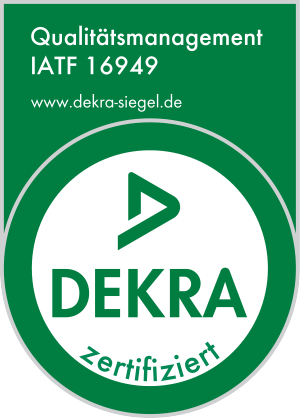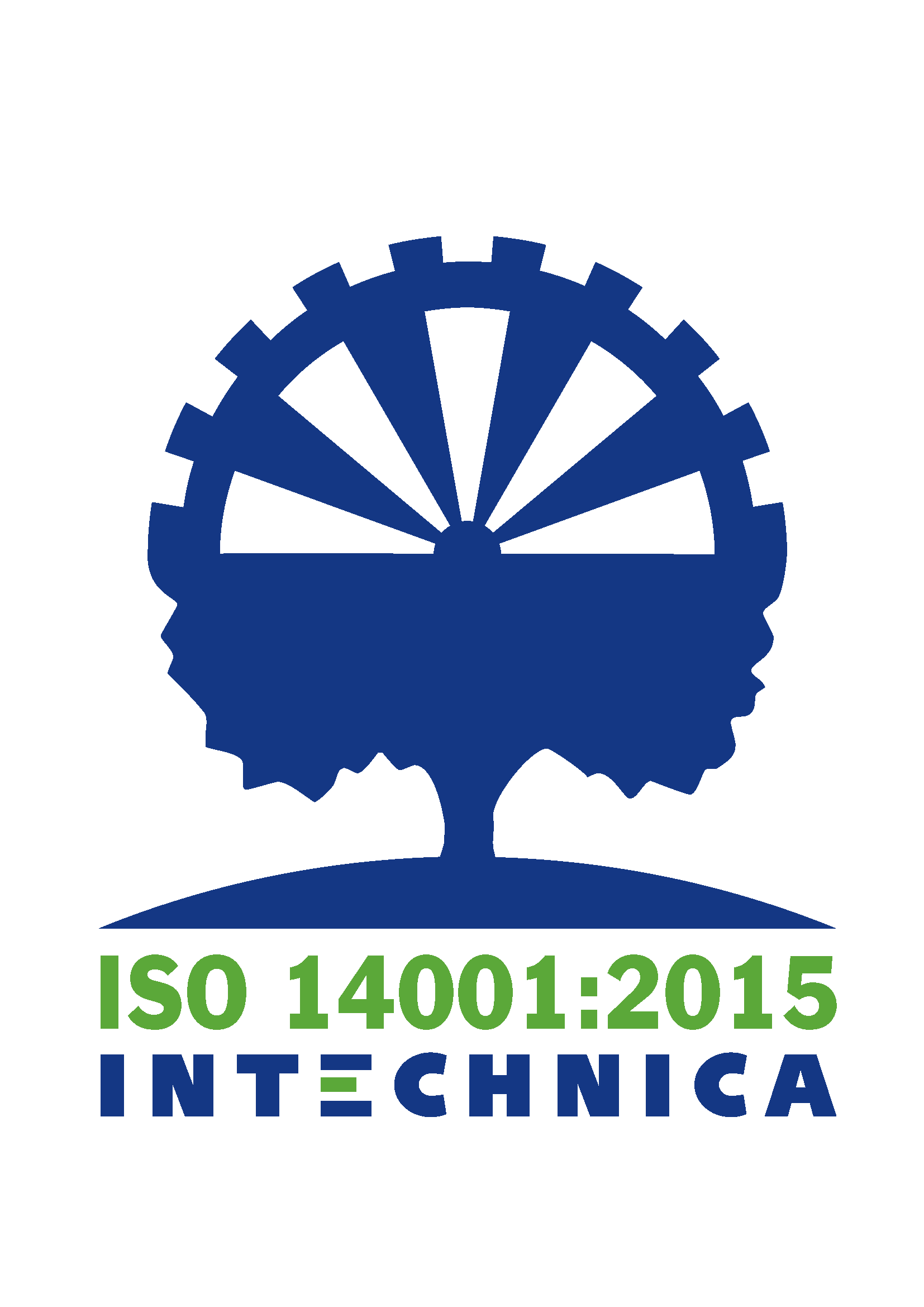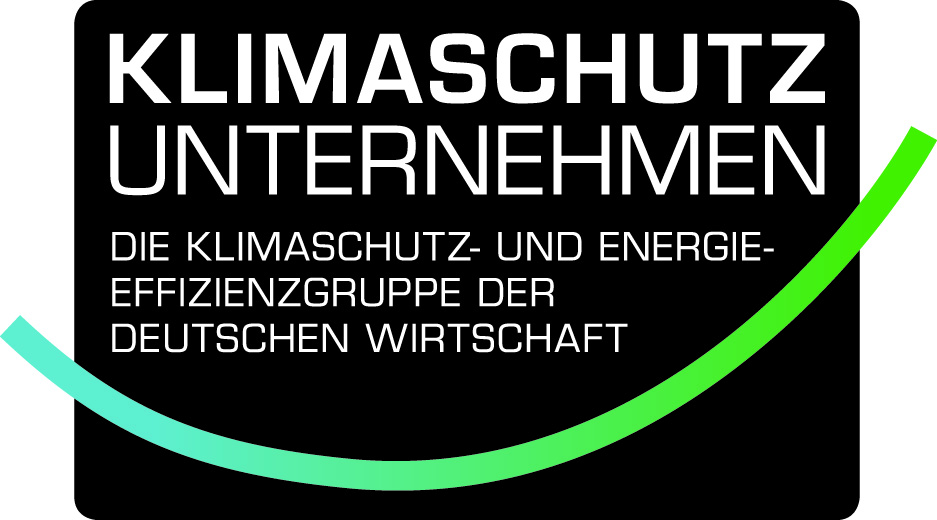The use of extension springs with hooks is widespread across a variety of applications. These springs are designed to counteract an axial force acting on the extension of the spring. They can handle high loads while remaining flexible enough to adapt to various requirements. In this article, we will delve into the various designs of extension springs with hooks and explore their versatile applicability in different industries and applications.
Extension Springs with Hooks: An Introduction
Extension springs with hooks are specially developed springs capable of counteracting axial forces. They consist of a spring body with multiple coils held together by preload force. The force transmission occurs through the hook ends of the spring, which can be either simple hook eyes or specialized eyelet forms. These hook eyes facilitate easy assembly and attachment of the spring in the desired position.
The manufacturing of extension springs with hooks occurs in several steps. Initially, the spring body is manufactured, either semi-automatically or fully automatically, depending on wire thickness and quality requirements. Subsequently, the hook ends are attached according to customer specifications. Various eyelet forms can be chosen, including German eyes, English eyes, double eyes, and special custom forms. The selection of the correct eyelet shape depends on the specific requirements of the application.
The Variety of Extension Springs with Hooks
They offer a multitude of options when it comes to selecting the right design. Different eyelet forms and positions allow adaptation to various installation requirements and space limitations. Here are some common designs of extension springs with hooks:
- German Eye: The German eye is a classic design where the eyelet height is approximately 0.8 to 1.1 times the outer diameter of the spring. It can be positioned at various angles and provides centralized force transmission.
- Double German Eye: The double German eye eliminates the risk of the eye opening up and provides a robust fixing option. The eyelet height is approximately equal to the outer diameter of the spring.
- Hook Eye: Hook eyes are used to bridge installation spaces and increase the stroke of the spring. They offer high load-bearing capacity and can be designed in various custom forms.
Choosing the correct eyelet position and form based on the number of coils and installation requirements ensures optimal functionality of the extension spring with hooks.
Applications of Extension Springs with Hooks
The versatile usability of extension springs with hooks makes them a popular choice across various industries and applications. Here are some examples where these springs are commonly used:
- Automotive Industry: Extension springs with hooks are used in various parts of vehicles such as suspension, brakes, transmission, and steering. They offer reliable force transmission and can withstand dynamic vehicle loads.
- Household Appliances: These springs are employed in household appliances like washing machines, dishwashers, and refrigerators to support doors, flaps, and other moving parts. They ensure smooth movement and secure positioning of components.
- Medical Technology: Extension springs with hooks are utilized in medical technology, including surgical instruments, medical devices, and implants. They provide precise force transmission and enable component movement in medical devices.
- Industrial Applications: They are also used in industrial applications such as mechanical engineering, electronics, aerospace, and many other sectors. They support the function and positioning of components in various applications.
The versatile applicability of extension springs with hooks makes them an essential component in numerous fields and industries.
Materials
The selection of the right material for extension springs with hooks is crucial for their performance and durability. Here are some common material options:
- Piano Wire: Piano wire is certified according to DIN 17223 C-Wire MATERIAL NO. 1.1200 – EN Standard 10270-1. It has a working temperature between -30°C and +120°C and is suitable for use in dry environments.
- Stainless Steel: Extension springs with hooks made of stainless steel are certified according to DIN 17224 AISI 302 MATERIAL NO. 1.4310 – EN Standard 10270-3. They have a working temperature between -200°C and +250°C and can be used in dry, moist, and wet environments. Extension springs made of AISI 316 are also available upon request.
- Electroplated Zinc: Extension springs with hooks made of electroplated zinc wire are certified according to DIN 17223 C-Wire MATERIAL NO. 1.1200 – EN Standard 10270-1. They have a working temperature between -30°C and +120°C and offer a shiny and corrosion-resistant surface.
The choice of the right material depends on the specific requirements of the application, including the environment, load, and desired lifespan of the spring.
Manufacturing
The manufacturing of extension springs with hooks involves several steps to ensure precise and reliable functionality. Initially, the spring body is created, either semi-automatically or fully automatically, depending on wire thickness and quality demands. Subsequently, the hook ends are attached according to customer specifications.
Manufacturing compensations are crucial to meet the required spring forces and dimensions. Depending on the specified sizes and forces, appropriate manufacturing compensations need to be established to achieve the desired outcomes.
Custom adaptations, such as pre-assembled assemblies or special custom forms, can also be produced upon request. Assisting in design and problem-solving regarding extension springs is an essential service for many manufacturers.
Selection and Calculation of Extension Springs with Hooks
When selecting extension springs with hooks, it’s crucial to consider the specific application requirements. These include load, desired length, force transmission, and other factors. Calculating the preload force and the spring force at a given length is a crucial step in selecting the right extension spring.
The preload force, also known as the initial force, indicates how much force is required to activate the extension spring. It’s usually expressed as a percentage of the maximum force and may vary based on the spring constant and maximum spring travel.
The spring force at a given length can be calculated using the preload force and the spring constant. This information is critical to ensure that the extension spring meets the application’s requirements.
Conclusion
Extension springs with hooks are versatile and robust components used across many industries and applications. Their ability to withstand high loads while remaining flexible makes them a favored choice for various uses.
The selection of the right material, suitable eyelet shape and position, as well as the calculation of preload force and spring force at a given length, are crucial in choosing the optimal extension spring with hooks for a specific application.
Thanks to their reliability, flexibility, and versatility, extension springs with hooks are indispensable components in many technical applications. Whether in the automotive industry, household appliances, medical technology, or industrial applications, extension springs with hooks provide an efficient and reliable solution for diverse requirements.









Leave A Comment